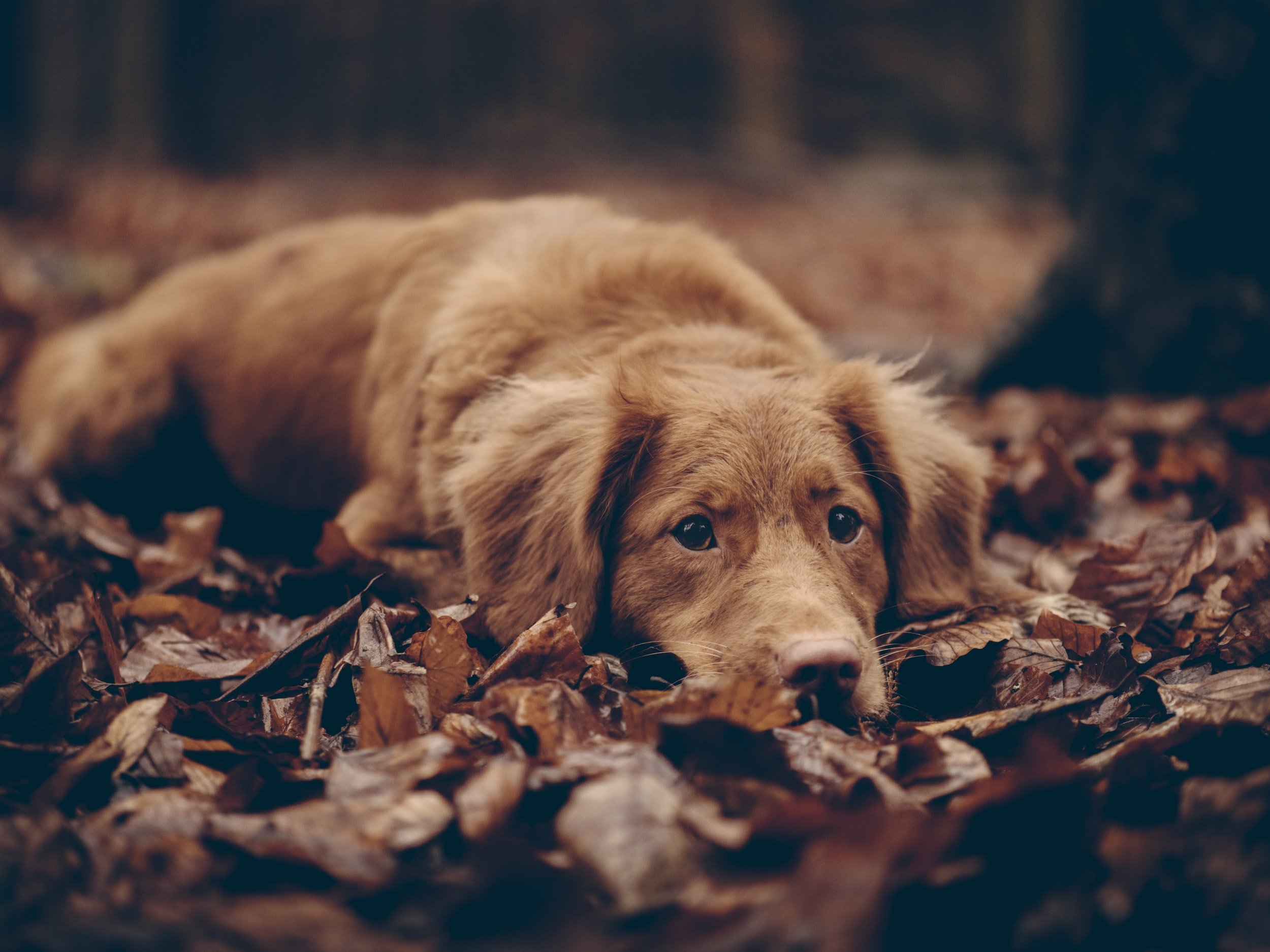
What to do if your companion is poisoned
Across Australia, 1080 and other dangerous poisons are used that can kill beloved companion animals. Here are some steps to take to make sure everyone stays safe these holidays.
Check with the local council for any baiting that may be occurring in the area,
Look for any warning signs at the entry points of reserves, parks, and beaches,
Stop your companion animals from eating anything that isn’t given to them by you.
What to do if you suspect your companion animal has ingested 1080 poison
1080 poison is used in every Australian state and territory. It is regulated by a wide array of government departments and agencies and is the subject of many laws and regulations. The RSPCA advises anyone who suspects that a pet has eaten a post bait to contact your nearest vet immediately. Though there is no known antidote to 1080 poisoning, there are rare cases in which a victim has survived. This guide will help you if you suspect that a pet has died of 1080 poisoning.
Symptoms
The symptoms of 1080 poisoning are well known and your vet will be aware of what to look for. These are the most commonly identified symptoms exhibited by victims of 1080 poisoning:
Anxiety
Frenzied behaviour
Hypersensitivity
Failure to respond to your calls
Vomiting
Uncontrollable urination or defecation
Convulsions, fitting or seizures
Haemorrhaging or bleeding
Difficulty breathing
First Steps
If you suspect that your pet has ingested poison do not wait to see the symptoms listed below. Contact your nearest vet immediately.
Do not allow any other pets or children to interact with the animal you suspect has been poisoned.
Monitor any vomiting and remove it urgently as it may pose a secondary threat to other animals or people. When cleaning any vomit wear gloves and thoroughly wash all clothes worn during cleaning afterwards/
What to do if you suspect your companion animal has died from 1080 poisoning
Unfortunately there is often nothing that can prevent a pet from dying to 1080 poison after they have ingested it. All states and territories, however, are obliged to receive reports of “non-target” deaths. The Coalition is here to help and you can reach out at any time for support and advice. The contact details of the relevant department or authority in your state is provided below with supporting documents.
Reporting
New South Wales
Any incidents where there are reasonable grounds to suspect that non-target animals may have been poisoned by 1080 in NSW should be reported to the Environment Protection Authority. If human safety is at risk, it should also be reported to the NSW Police Force.
Supporting documents and useful links
Victoria
The Victorian Government advises that 1080 incidents should be immediately reported to the Department of Economic Development, Jobs, Transport and Resources. If human safety is at risk, it should also be reported to the Victorian Police Force.
The Department of Economic Development, Jobs, Transport and Resources: 136 186.
Victorian Police: 131 444 or 000.
Supporting documents and useful links
Queensland
The Queensland Government advises that 1080 incidents should be immediately reported to Queensland Health. If human safety is at risk, it should also be reported to the Queensland Police Force.
Supporting documents and useful links
Western Australia
The Western Australian Government advises that 1080 incidents should be immediately reported to the Department of Agriculture and Food. If human safety is at risk, it should also be reported to the Western Australian Police Force.
The Department of Agriculture and Food: (08) 9474 2405
Western Australian Police: 131 444 or 000.
Useful links
Northern Territory
The Northern Territory Government advises that 1080 incidents should be immediately reported to the Chemicals Adviser at the Department of Industry, Tourism and Trade. If human safety is at risk, it should also be reported to the Northern Territory Police Force.
The Department of Industry, Tourism and Trade Chemical Adviser: (08) 8999 2344
Northern Territory Police: 131 444 or 000.
Supporting documents and useful links
Tasmania
The Tasmanian Government advises that 1080 incidents should be immediately reported to the Department of Primary Industries, Parks, Water and Environment. If human safety is at risk, it should also be reported to the Tasmanian Police Force.
The Department of Primary Industries, Parks, Water and Environment: 1300 368 550
Tasmanian Police: 131 444 or 000.
Supporting documents and useful links
You can find your local police station contact details here.
Want to join the battle to ban 1080?
Sign our petition, calling on the Australian Pesticides and Veterinary Medicines Authority (APVMA) to urgently, thoroughly, and transparently reconsider the approval and registration of 1080 poison.
